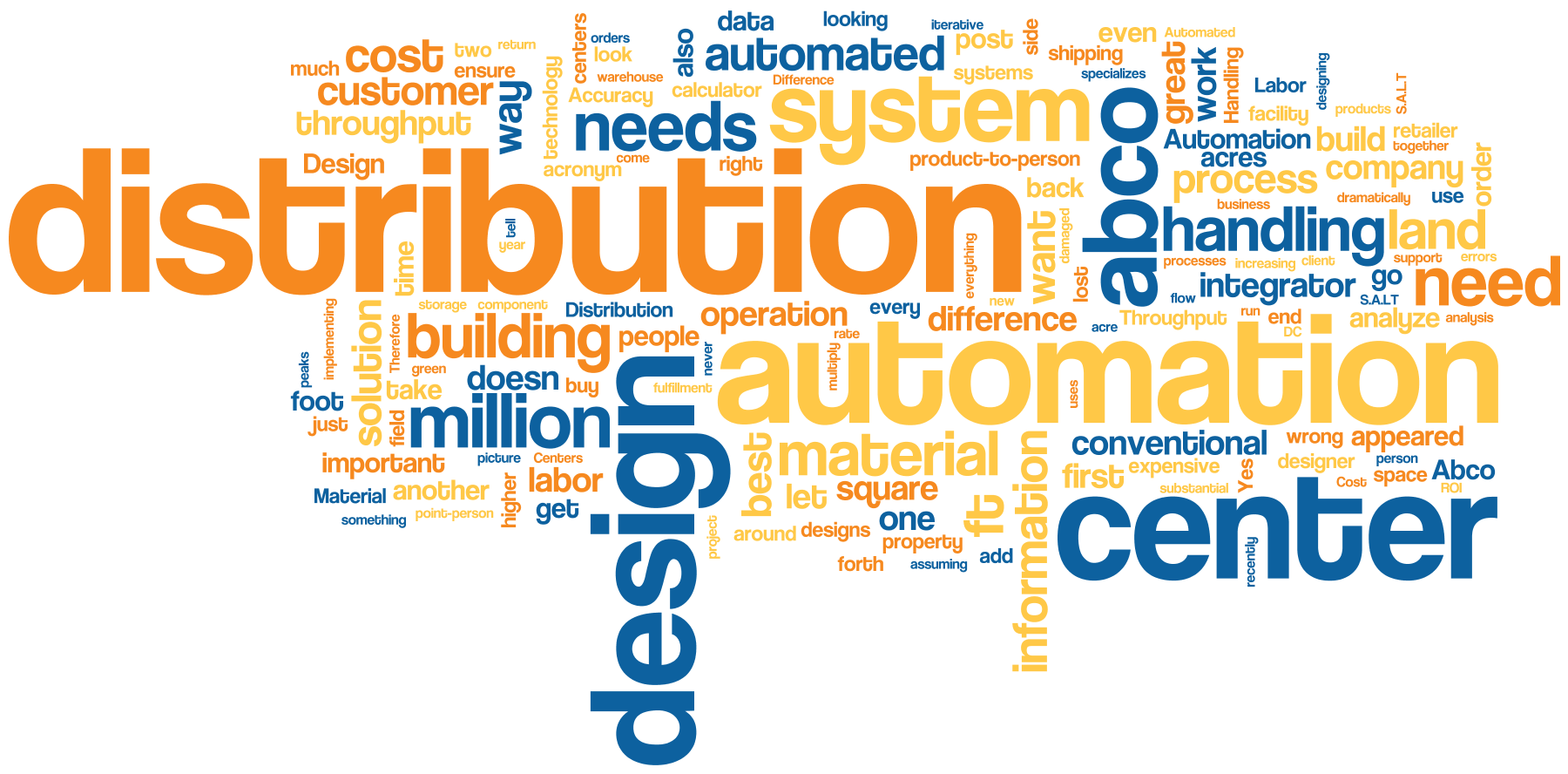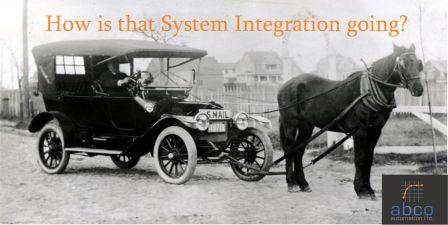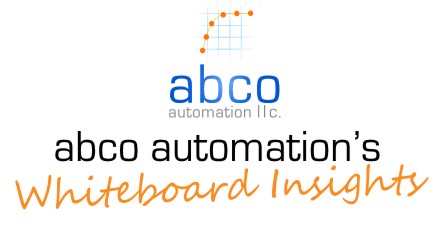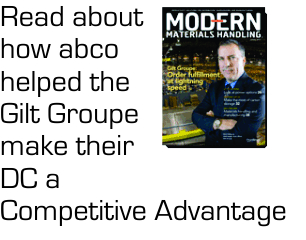Transcript for multi-channel distribution part 2
Hi I am Cory Flemings and welcome back to whiteboard insights this is part two of Omni-channel or multi-channel distribution. In part one we talked about the benefits of combining wholesale retail and direct market operations into one operation.
We talked about the money that can be saved by combining those operations under one roof and today we will talk about the different concerns or for the issues one must consider as you coach your company into combining these operations into a single place.
The first one I want to talk about it is that some companies have what is called ship-ready packaging and what ship ready packaging is, is a customized packa
ge that you have built around your product that you can just put a label on and send directly to the customer.
Why would you do that? Well some of the parcel shipping companies are not known for their white glove treatment of your products so some of these companies build this packaging around a product.
So the first consideration is do you want to do ship ready packaging for your products or if you already have ship ready packaging do you want to do ship ready versus incurring the cost of specific pack stations? That is because one of the things we’re going to talk about is to combine the warehouse you now have a common set of inventory in Omni-channel distribution that services all different channels so the same product needs to go to the wholesale Wal-Mart distribution center the same box or product needs to get shipped to retail store and the same box needs to get shipped to the customer.
And customers don’t necessarily want to get a brown chipboard box so, some companies incur the cost of a ship ready box or package that you can just put a label on, while others go to a pack- station. This is difficult decision because it eliminates the benefits of multi-channel distribution because if you have a special customized box around this product it is now a different SKU, but the same product as a chipboard box and that illuminates the benefit of doing Omni channel distribution so one of the considerations is if you’re going to get rid of the ship ready packaging.
One benefit is that you get rid of that cost you save money there but now you have to have pack station where you have to take the product of the chipboard box and put it in a customer friendly box that has a branded logo and so forth.
So you need to include the cost of this pack station so this is a plus costs and this is a savings since one of the considerations.
The second one is what do you do with the value added services? A lot of customers like to send these products out as gifts do you want to have a value-added services service station where your people can custom gift wrap and write thank you or birthday cards?
The material handling consideration is now you have to have controls built-in that say this parcel must have value-added services when he gets to this point in the get diverted off to its own conveyor system in the state go to its own pack station and there is an additional cost which you want to consider.
And finally the big red elephant in the room that no one wants to acknowledge is what do you do with your order profile? The order profile is important and this is the biggest problem you have really how do you take one profile for direct market which is 8000 orders a day of 2 piece orders and the other end of the spectrum you have 300, 250 piece orders because you still have 300 retail stores or retail and wholesale orders that are 250 or 600 lines or pieces. You just have two different ends of the spectrum how do you put those things together they have two completely different order profiles?
Unfortunately that is only done through some good and clever engineering and some data analysis. It’s possible?
Yes!, because abco automation has done a number of systems for clients that have both kinds of order profiles and a multichannel distribution center and because of the advent of modern day software and warehouse control systems and pre-cubing and things like that that you can do with the software we now have this ability with one system to process an order that has two pieces for customer and the next box is a part of a 250 piece order for a store and the picker doesn’t know any different.
They don’t know if it’s for store or person or if it is going direct market and they don’t care. The same picker does the same process with the same inventory and that’s the key.
If you can figure out the same set of inventory for both the retail, wholesale, and direct market order you can become a hero and save your company a lot of money
To do that you just need to start down the path of dealing data analysis and at abco automation you know that we do the math so give us a call at 858-206-2615 and we can help you.







